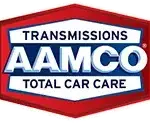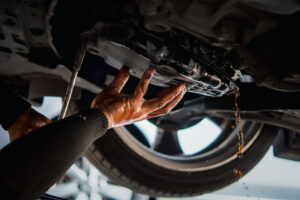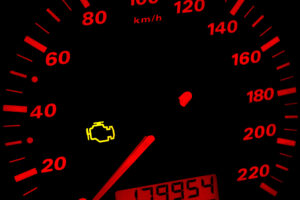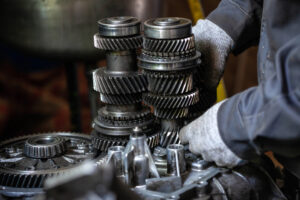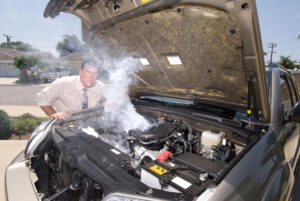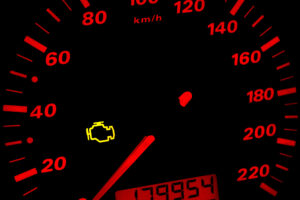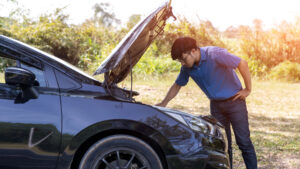It’s never a welcome sight, but your car’s Check Engine Light—and all other warning lights—are there to alert you to a problem. When you see an illuminated Check Engine Light on your dashboard, no matter where you are, it’s important to pay close attention to your car’s performance and use caution. If ignored, the underlying trigger for your car’s warning light can escalate—but you can often prevent this from happening by taking the right steps.
Follow These Steps When Your Check Engine Light Comes On
As soon as you see your Check Engine Light come on, it’s time to take steps to prevent any problems from getting worse. The good news is there are a few key steps you can take to help assess the situation and take any action necessary to make sure you stay safe and your car gets the repairs or services it needs.
Is the Warning Light Flashing or Steady?
A flashing Check Engine Light indicates a much more serious problem than if it stays steady. If any warning light flashes, it’s urgent that you take action right away and avoid further driving. However, if your car’s Check Engine Light stays steady, it’s likely you can continue driving cautiously until a trusted mechanic can check for necessary repairs or services.
What Other Symptoms Do You Notice from Your Vehicle?
Whether or not you see a dashboard warning light as you drive, it’s important to always pay attention to changes in performance or other signs of trouble. Poor acceleration, a lack of power, new smells or sounds, and other symptoms are all clear indications that it’s time to have your vehicle checked to ensure each system is operating efficiently.
Safely Pull Off the Road to Assess the Situation
Always avoid too much driving until you have a better understanding of what’s likely going on with your car. If there’s a major problem, it may cause your vehicle to suddenly shut off or otherwise escalate into more costly repairs. Instead, pull to the side of the road and take time to check key components in your vehicle, such as engine oil level and condition, to help identify the underlying issue. This helps you figure out whether or not it’s safe to continue cautiously driving.
Drive Cautiously—And Avoid Further Driving if You Suspect a More Serious Issue
Often, you can continue driving with caution while your Check Engine Light is on. While a faulty sensor or other common triggers for this dashboard warning light can allow you to continue driving, it’s still important that you have a mechanic check your vehicle soon. And if you suspect more serious issues or see your Check Engine Light start flashing, avoid driving and get your car to a mechanic right away.
What Can an Illuminated Check Engine Light Mean?
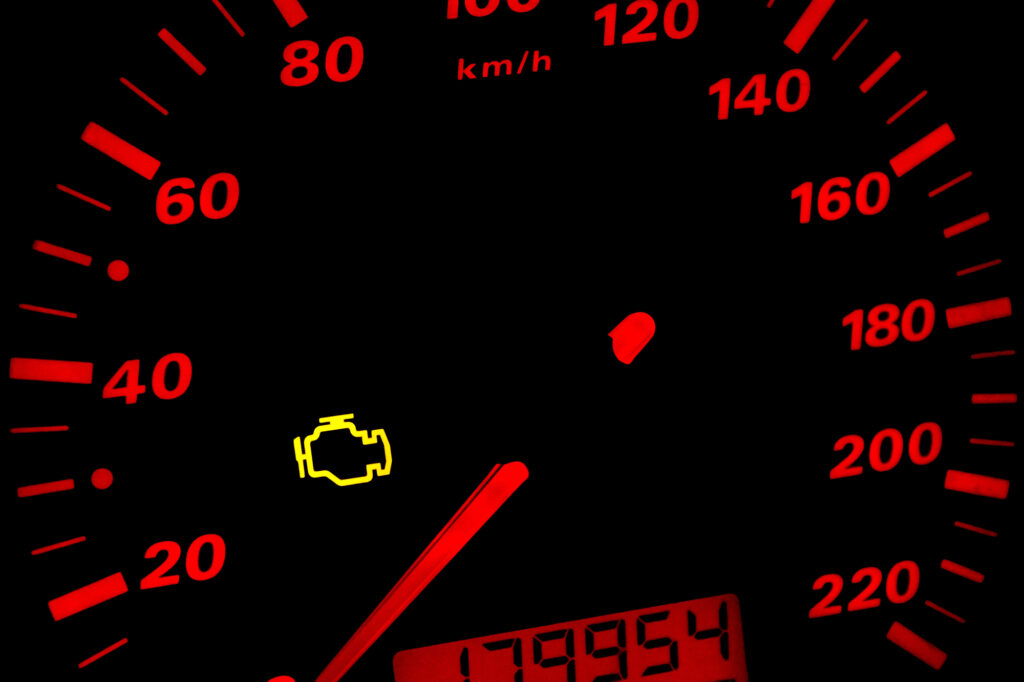
When your Check Engine Light comes on, it can indicate a wide variety of problems with your vehicle. Ultimately, the best way to know what’s going on is to have a professional mechanic check key systems in your car—but it can help to know common causes, too. Most likely, one of these problems is the trigger for your car’s Check Engine Light.
Your Gas Cap is Loose, Damaged, or Worn
It may surprise you to learn that the problem may be as simple as your gas cap. Especially if you recently fueled up, take time to check the condition of your car’s gas cap. If it’s loose, worn, or damaged, it may allow fumes to escape the fuel tank. Not only does this negatively impact your gas mileage, but it can also trigger dashboard warning lights and hit your car’s overall performance.
A Faulty Sensor is Impacting Fuel Combustion
There are two key sensors that help optimize fuel combustion: the oxygen and mass airflow sensors. These measure how much air is sent into the engine and how much oxygen is in exhaust fumes traveling away after combustion takes place. Their readings then impact how much fuel is sent into the engine to hit the right ratio. As they wear out or become dirty, they may incorrectly read the oxygen content traveling into and out of the engine, leading to too-rich or too-lean mixtures—and potentially triggering the Check Engine Light.
It’s Time for a New Battery or Connecting Wires
Have you noticed difficulty starting your car and now the Check Engine Light is on? It may be time for a new battery—or its connecting wires may be loose or damaged. Check for dirty or corroded battery terminals. If necessary, you can clean or tighten connections and replace faulty wires. A trusted mechanic can also test your battery and replace it if it’s wearing out. In this case, a battery that can’t store enough charge is triggering an electrical malfunction in your car, leading to the Check Engine Light coming on.
Head to Your Local AAMCO Near Sacramento for Help with Dashboard Warning Lights
Urgent or not, an illuminated Check Engine Light shouldn’t be ignored for long. If you see this or any other dashboard warning light on in your car, head to your local AAMCO near Sacramento so our expert mechanics can check for trouble codes and fix any underlying problem. Schedule your appointment with us today!
